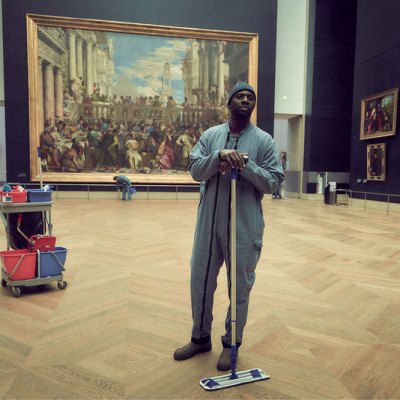Introducing Rakewell, Apollo’s wandering eye on the art world. Look out for regular posts taking a rakish perspective on art and museum stories.
Keen cineastes will be aware that John Wick, the seemingly invincible hitman played by Keanu Reeves, has immaculate taste in who to trust and who to kill. His love of dogs is, after all, what got the franchise started. But what has happened in the latest chapter of his saga, John Wick: Chapter 4, to bring him into such close contact with the cultural world rather than the underworld?
Marquis Vincent de Gramont (Bill Skarsgård) in John Wick: Chapter 4 (2023), Lionsgate Films
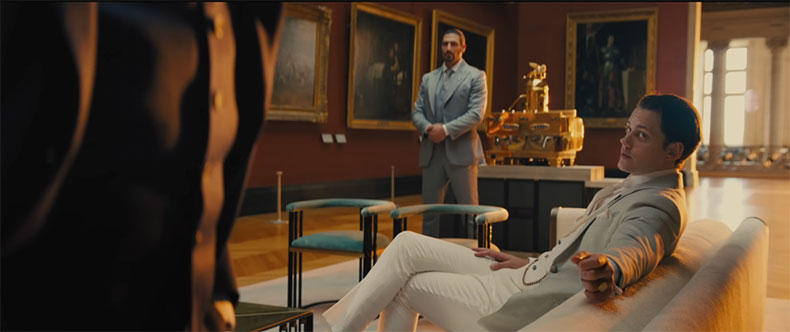
The current film relocates the New World assassin with Roma roots in an European milieu. And with the Old-World setting comes staggering backdrops for his latest revenge spree. The story takes place across Paris and Berlin, via Osaka, culminating in a duel in front of the Sacre Coeur. It would be a misrepresentation of this epic film to suggest that there is only one bad guy, but the biggest baddie of them all, the marvellously named Marquis Vincent de Gramont, seems to have carved out an apartment from a number of Parisian landmarks. His private staircase comes from Opera Garnier. His sitting room – where crucial details are negotiated between him and Ian McShane’s Winston, the man who ran the all-important hotel in John Wick: Chapters 1, 2 and 3 – has been carved out of the Louvre. And not just any room in the Louvre, but the Mollien Room where his suede sofa faces Delacroix’s Liberty Leading the People. (Advice from your correspondent: never trust a man with a suede sofa; he clearly doesn’t understand Romantic painting.)
The Bode Museum in Berlin served as a home for Ruska Roma. Photo: creativep/Alamy Stock Photo
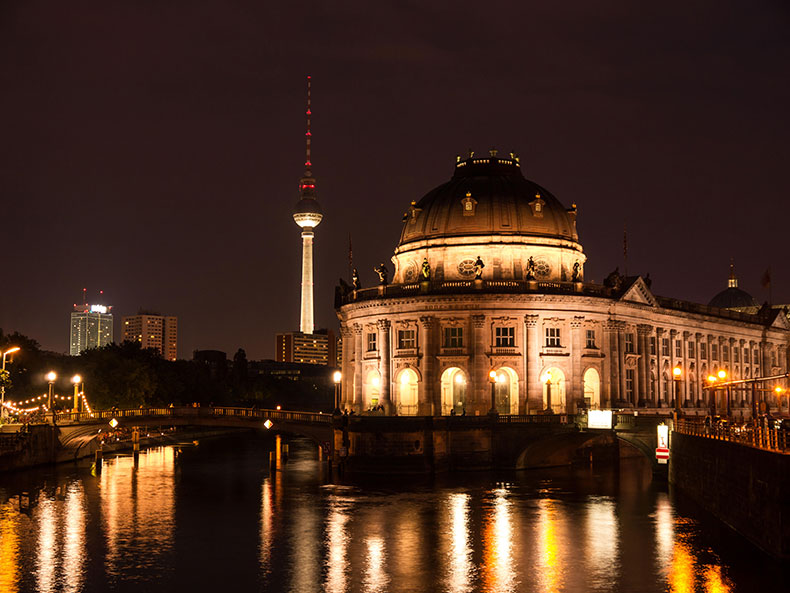
Other obstacles to Wick’s ultimate victory lurk behind the facades of some of Europe’s finest museums. Berlin’s Alte Nationalgalerie poses as the front of a nightclub run by another villain and the Bode Museum is translated into a home for the Ruska Roma, John Wick’s on/off family connection, who bring a healthy dose of violence with them.
The Alte Nationalgalerie in Berlin posed as a nightclub. Photo: Iain Masterton/Alamy Stock Photo
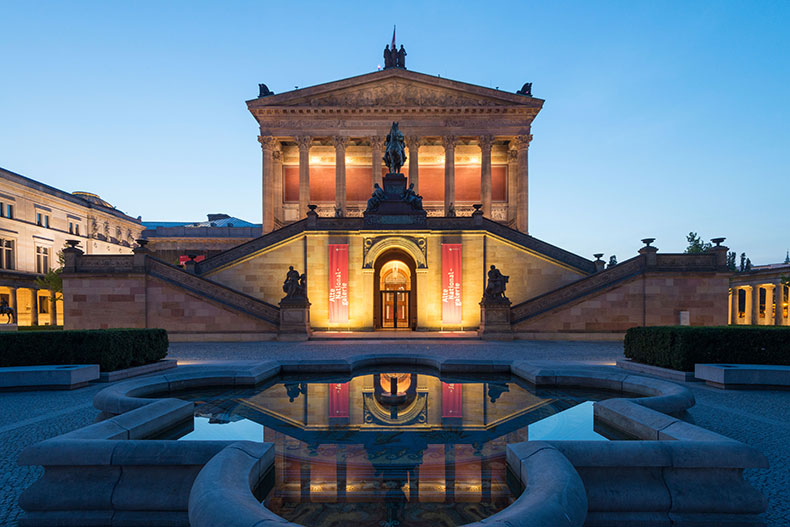
Most striking of all is the Marquis’s lair in the film’s final act. Never has the Fondation Louis Vuitton, designed by Frank Gehry, looked so striking – especially with an exquisitely styled map of Paris inside. It’s the perfect place to plot a hit.
The Fondation Louis Vuitton in Paris made a fitting lair for the Marquis. Photo: Eden Breitz/Alamy Stock Photo
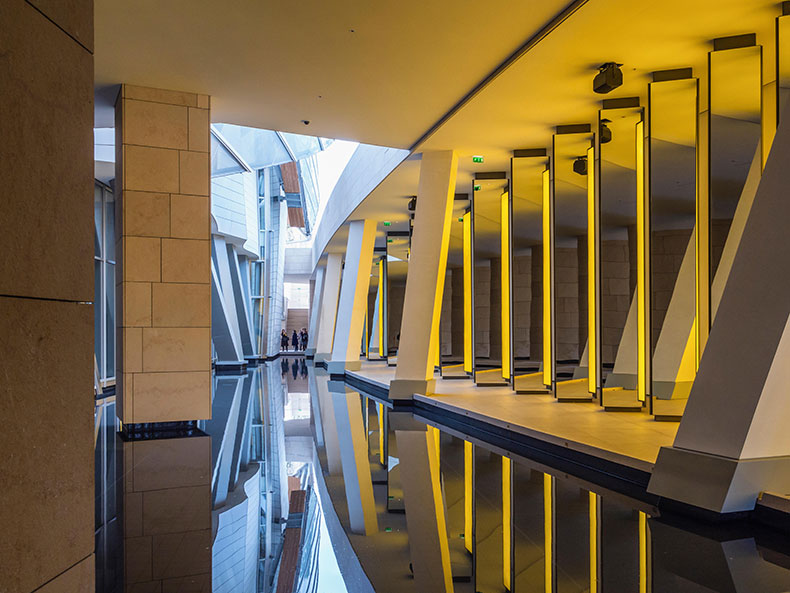
But all this makes us wonder what the film is saying about art? Why is it that all the bad guys live in the world’s most important cultural institutions? Is good honest assassination devoid of aesthetic bliss? Or is this the movie making a statement about John Wick’s morals? This hitman’s straight-shooting doesn’t get distracted by the decadent old country. But if this is the moral, then why are the films so stylish? It’s a conundrum that will keep Rakewell up at night.
Got a story for Rakewell? Get in touch at rakewell@apollomag.com or via @Rakewelltweets.




